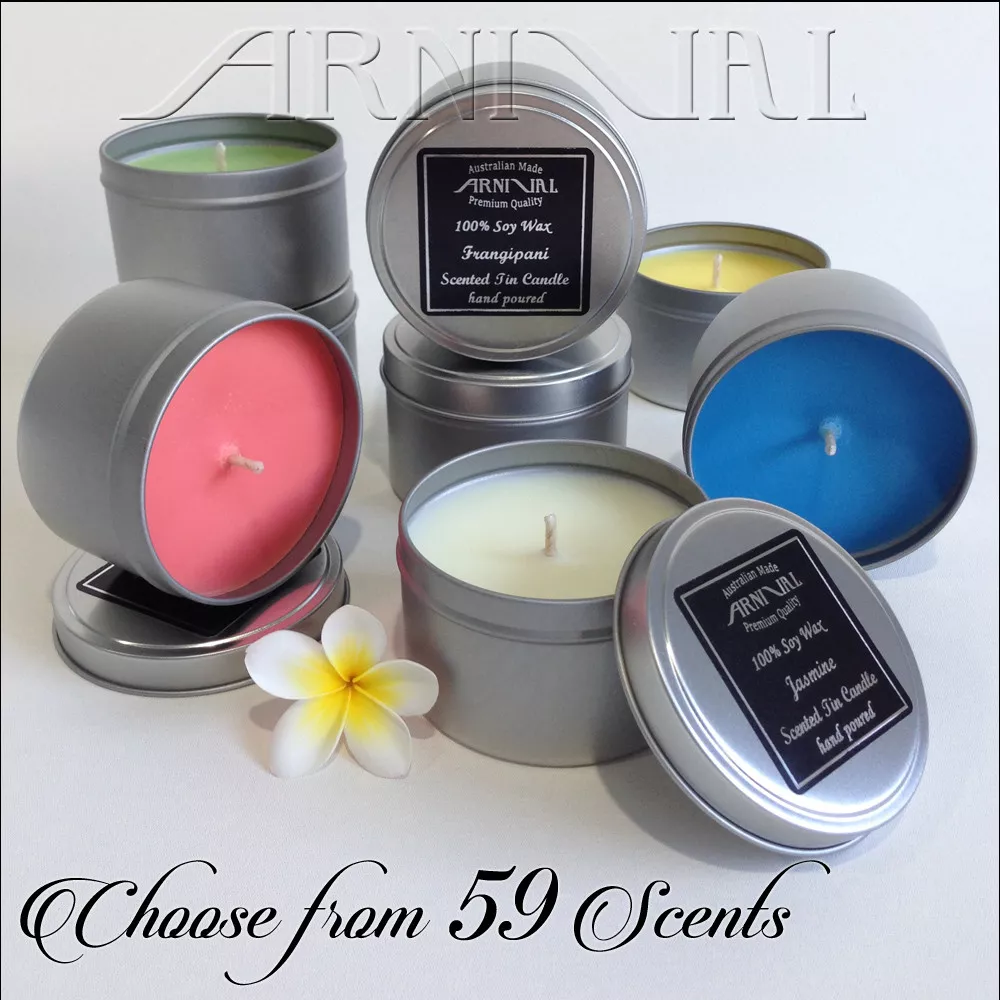Instill Your Home with the Fragrance of Crystal Soy Candles and Home Fragrance
Instill Your Home with the Fragrance of Crystal Soy Candles and Home Fragrance
Blog Article
From Wick to Wax: Understanding the Chemistry Behind Soy Wax Candles and Their Environmental Effect
As we illuminate our areas with the warm glow of candle lights, there lies a world of detailed chemistry behind the seemingly easy act of lighting a soy wax candle. The choice in between soy and paraffin wax expands past simple aesthetics, delving into the world of ecological influence and the really composition of the products. Comprehending the molecular structure of soy wax and its combustion process clarifies the emissions launched right into our surroundings. Join us as we unravel the scientific intricacies behind soy wax candle lights and explore their implications on our atmosphere.
Soy Wax Vs. Paraffin Wax
When comparing soy wax and paraffin wax for candle making, it is important to understand the unique qualities and advantages of each product. Soy wax is a natural, eco-friendly source obtained from soybean oil, making it green and naturally degradable - candles. On the other hand, paraffin wax is a result of oil refining, which elevates problems concerning its ecological impact and sustainability
Soy wax candle lights shed cleaner and emit less residue contrasted to paraffin wax candle lights, making them a healthier choice for indoor air top quality. In addition, soy wax has a reduced melting factor, permitting a longer-lasting candle light that disperses scent extra successfully. Paraffin wax, on the other hand, tends to melt faster and less cleanly, possibly releasing damaging chemicals right into the air.
From a sustainability viewpoint, soy wax is favored for its biodegradability and eco-friendly sourcing, straightening with the growing consumer choice for environmentally conscious products. While paraffin wax has actually been a standard option in candle making due to its affordability and convenience of usage, the shift in the direction of environmentally friendly options like soy wax is acquiring energy in the industry.
Chemical Composition of Soy Wax

Combustion Refine in Soy Candles
The chemical structure of soy wax straight affects the burning procedure in soy candles, impacting aspects such as Home Page melt time, aroma release, and ecological effect. When a soy candle is lit, the warmth from the fire melts the wax near the wick.
The burning efficiency of soy candle lights is affected by the purity of the soy wax and the high quality of the wick. A clean-burning soy candle light with an appropriately sized wick will generate a consistent fire and decrease residue development. This not only expands the burn time of the candle however also boosts the release of scents. In addition, soy wax candle lights have a reduced ecological effect contrasted to paraffin candle lights due to their renewable and naturally degradable nature.

Environmental Benefits of Soy Wax

Taken into consideration a sustainable alternative to conventional paraffin wax, soy wax provides noteworthy environmental advantages that make it a preferred option amongst eco-conscious consumers. One considerable benefit of soy wax is its eco-friendly sourcing. Soy wax is originated from soybean oil, which is predominantly cultivated in the USA. The growing of soybeans assists support local farmers and lowers the reliance on non-renewable fossil gas made use of in paraffin wax production. Additionally, soy wax is biodegradable, meaning it breaks down normally without releasing unsafe toxins right into the setting. This particular makes soy wax candle lights a more eco-friendly choice compared to paraffin wax candle lights, which are made from oil, a non-renewable resource. Furthermore, soy wax burns cleaner and creates less soot than paraffin wax, adding to much better indoor air quality and decreasing the demand for cleansing and maintenance. In general, the environmental advantages of soy wax line up with the expanding demand for green and sustainable items in the marketplace.
Recycling and Disposal Considerations
Reusing and appropriate disposal of soy wax candle lights play a vital function in keeping ecological sustainability and reducing waste in homes and communities. When it comes to reusing soy wax candles, the first action is to guarantee that the candle has melted entirely.

In terms of disposal, if recycling is not an option, soy wax candles are naturally degradable and can be safely disposed of in many house waste systems. It is constantly advised to examine with local reusing facilities or waste management solutions for specific standards on candle disposal to ensure correct handling and environmental protection.
Verdict
In final thought, the chemistry behind soy wax candles exposes their ecological benefits over paraffin wax candle lights. Soy wax, obtained from soybean oil, burns cleaner and creates less soot when compared to paraffin wax.
When contrasting soy wax and paraffin wax for candle light making, it is important to recognize the unique attributes and benefits of each material (soy wax candles).Soy wax candle lights burn cleaner and emit less residue compared to paraffin wax candles, making them a healthier selection for interior air quality.Taken into consideration a lasting alternative to typical paraffin wax, soy wax supplies notable environmental benefits that make it a popular option amongst eco-conscious consumers. Soy wax burns cleaner and creates less soot than paraffin wax, contributing to far better interior air quality and minimizing my sources the need for cleaning and upkeep.In verdict, the chemistry behind soy wax candle lights discloses their environmental benefits over paraffin wax candle lights
Report this page